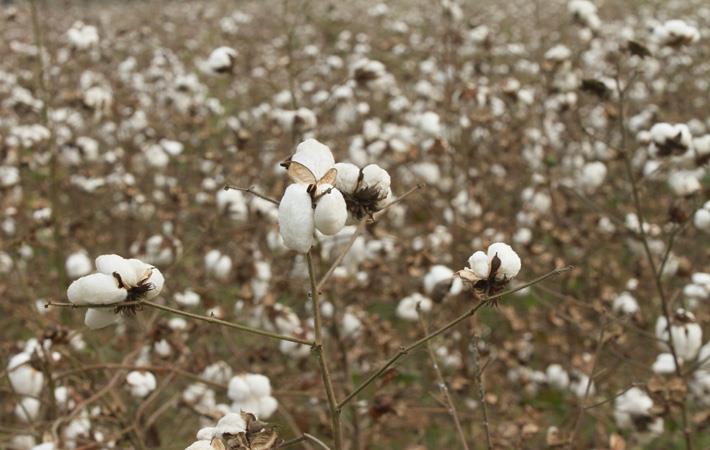
The US cotton industry has been on the forefront of sustainable production for the last 35 years. Thanks to innovations in technology and management systems, there is a continued reduction in greenhouse gas emissions, soil loss and land, water and energy usage.
The first sustainability goal for Cotton Cultivated is to increase the soil carbon by 30 per cent. The primary methods for doing so are reducing tillage and using cover crops, there are other steps that can be taken as outlined in the USDA's Natural Resource Conservation Service Soil Conditioning Index.
The second goal is to increase land use efficiency by 13 per cent. The company is making efficient land use by continuing to increase soil carbon levels while utilising more efficient management practices and seed varieties that can help to get more out of each acre.
The third goal is to decrease greenhouse gas emissions by 39 per cent. Cotton already removes carbon dioxide from the atmosphere through photosynthesis. The use of synthetic nitrogen (N) in fertilisers, however, contributes to cotton's greenhouse gas emissions due to the amount of energy it takes to make them. Cotton Cultivated is working on new methods to lower levels through Nitrogen Use Efficiency (NUE).
The fourth goal is to decrease soil loss per acre by 50 per cent. Soil loss is one of the quickest ways to lower a farm's productivity, but producers who have adopted conservation tillage and cover crops have seen not only a decrease in soil loss but increases in weed suppression and rainfall protection.
The fifth goal is to decrease water use by 18 per cent. Although cotton is inherently drought tolerant, some varieties in drier areas of the country still require irrigation. Improved methods for water use efficiency (WUE), however, continue to improve yields without increasing water usage.
The sixth goal is to decrease energy use by 15 per cent. Energy usage in cotton production stems mainly from the production of nitrogen fertilisers, harvesting, ginning and tillage. Continued improvements in fertiliser manufacturing and application as well as increased conservation tillage are helping to lower energy use. The implementation of robotic technologies and gene editing over the next 10 years will see those numbers fall even lower.
Fibre2Fashion News Desk (PC)